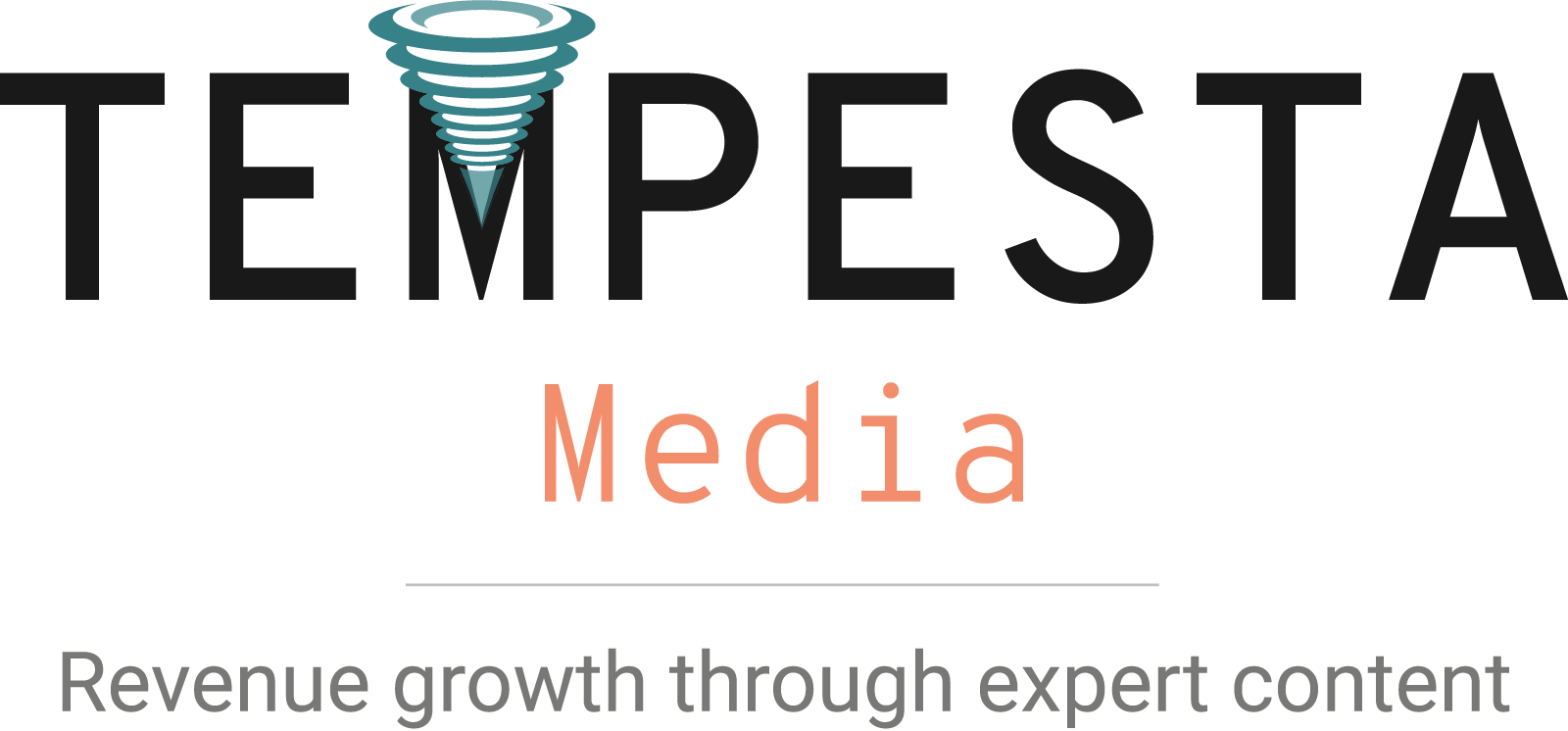Budget, time, and content marketing goals are the most important deciding factors when it comes to determining the quantity of content you wish to create.
Content marketing frequency recommendations for small companies
Small companies and start ups typically feel that their marketing teams are stretched too thin. They wear many hats so scaling their content marketing department can be the most challenging. Instead of creating many pieces of content and promoting each one individually, small companies should consider picking one or two articles each month. Focus on those articles, re purpose them, promote them, and drive traffic to them so that you can get the most bang for your buck.
These pieces of content need to be syndicated and promoted heavily using that same ratio that you identified with proper content marketing budgeting. So as your business grows, you’ll simply begin promoting more pieces of content. If you’re a larger company with a large budget, you can spend even more money on the promotional aspect that goes with it. In addition, they also go with much longer pieces of content.
While a smaller company may average 800 to 1,200 words for each piece of content that they’re reading, larger companies tend to go and promote mid- and lower-funnel type of content. These tend to be e-guides, case studies, and other long-form content that are over 2,000 words. That’s how they’re able to go and scale up their programs significantly.
Content marketing budgeting – B2B versus B2C
It does change from industry to industry. For B2B, the emphasis is on promotion. For B2C amplification, the emphasis is actually on content creation. For B2B, I recommend budgeting two to three times the cost of content in terms of promotion. In the B2C side, you may see a 1:1 ratio because getting that content out and using initial promotion tend to go out to a much larger audience.
When you have a larger audience, there’s a higher likelihood of getting morality associated with the content and getting rankings to appear faster. On the B2B side, you tend to have a much smaller audience, which means you have to work that much harder to be able to go and get the word out about the content that you’re creating.












